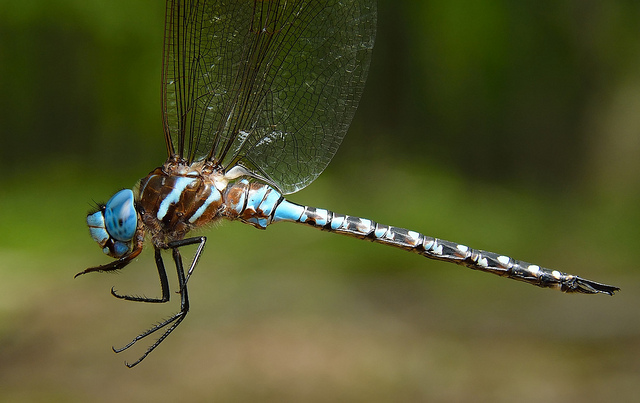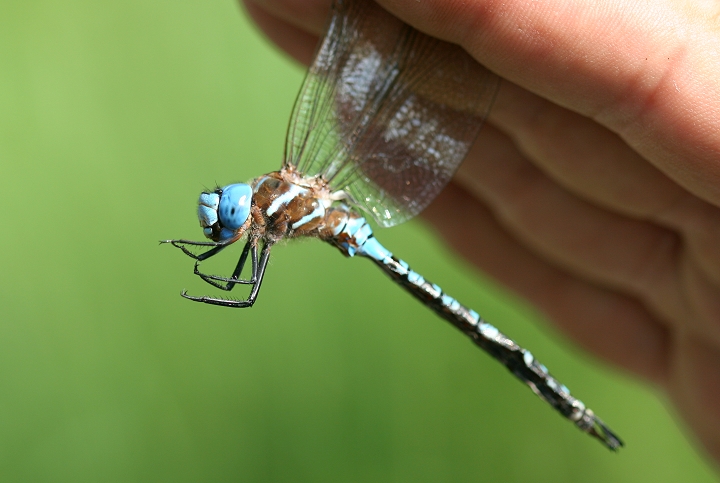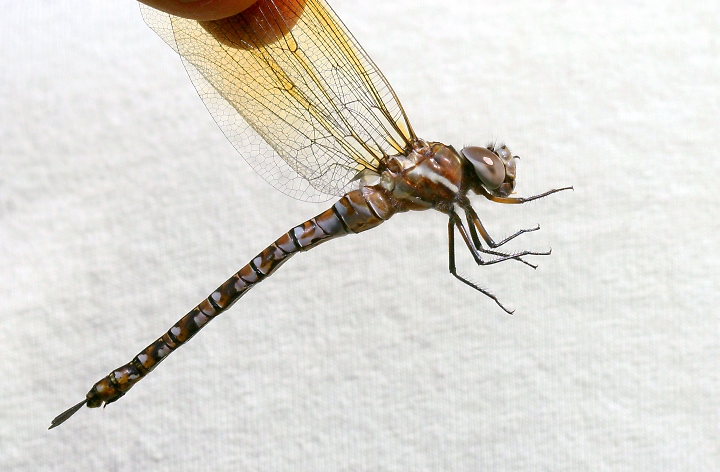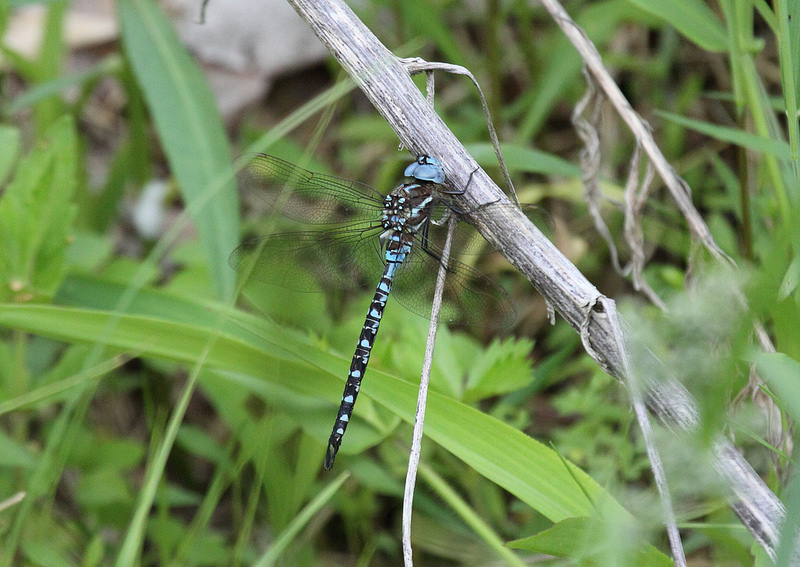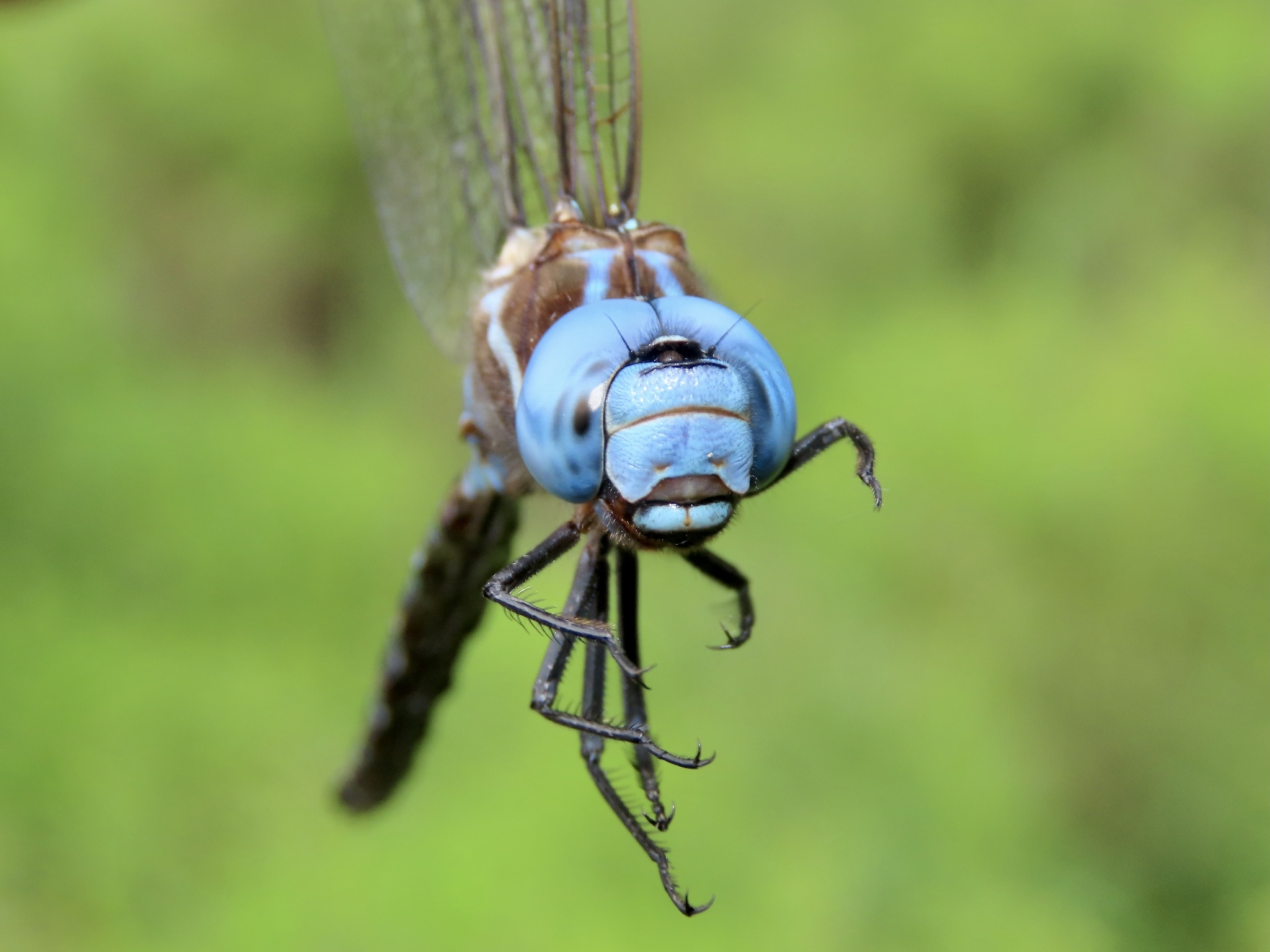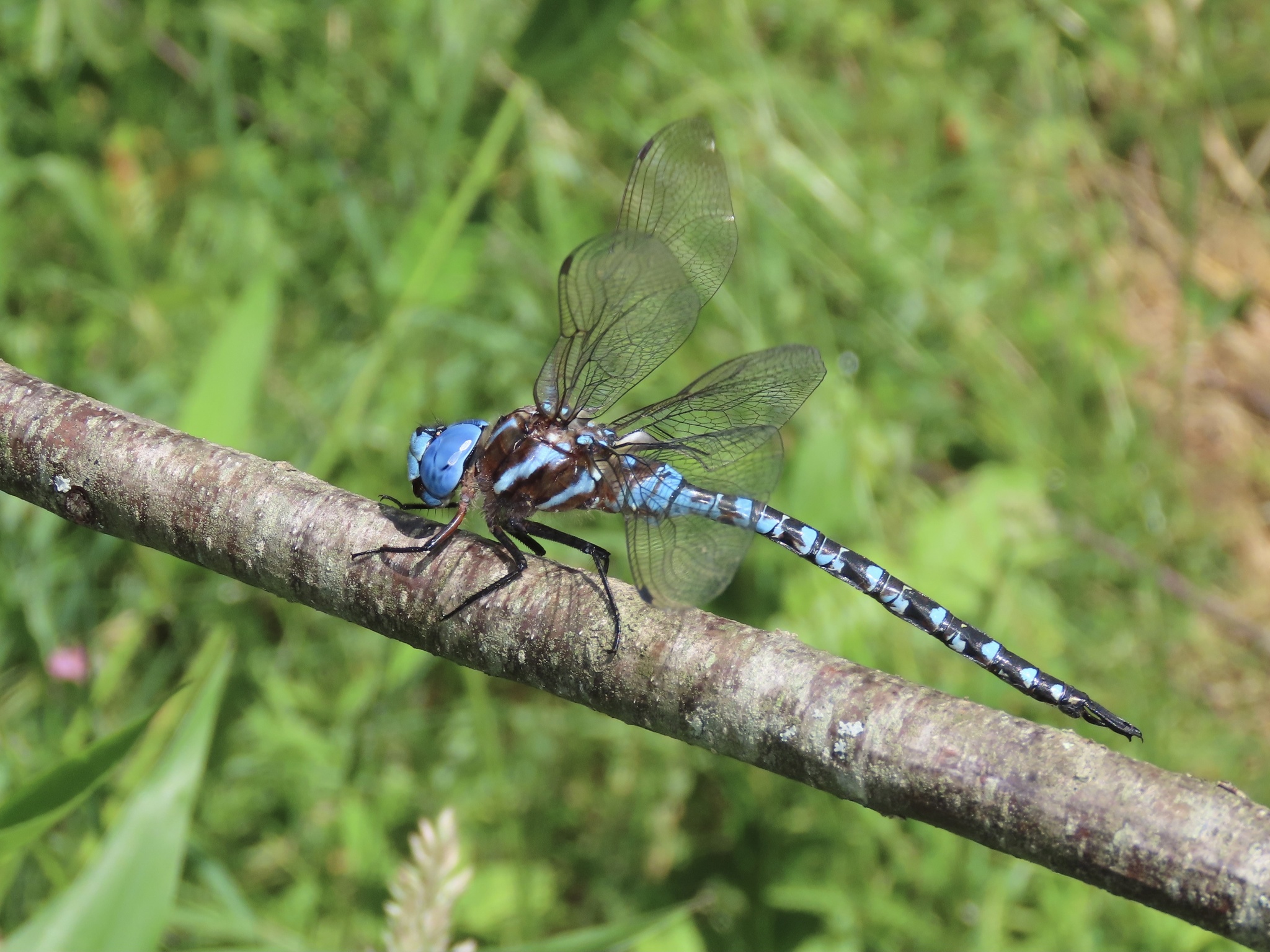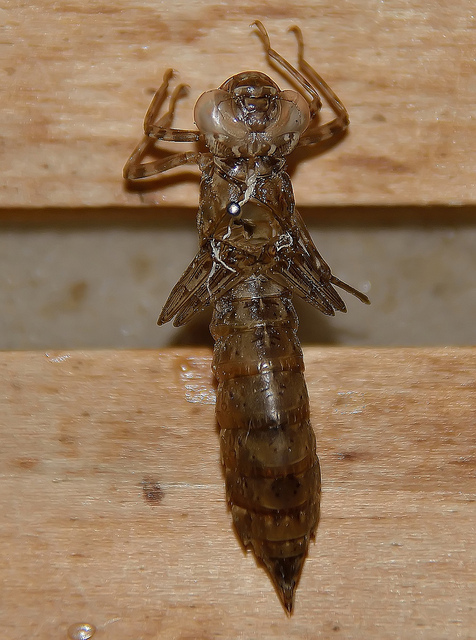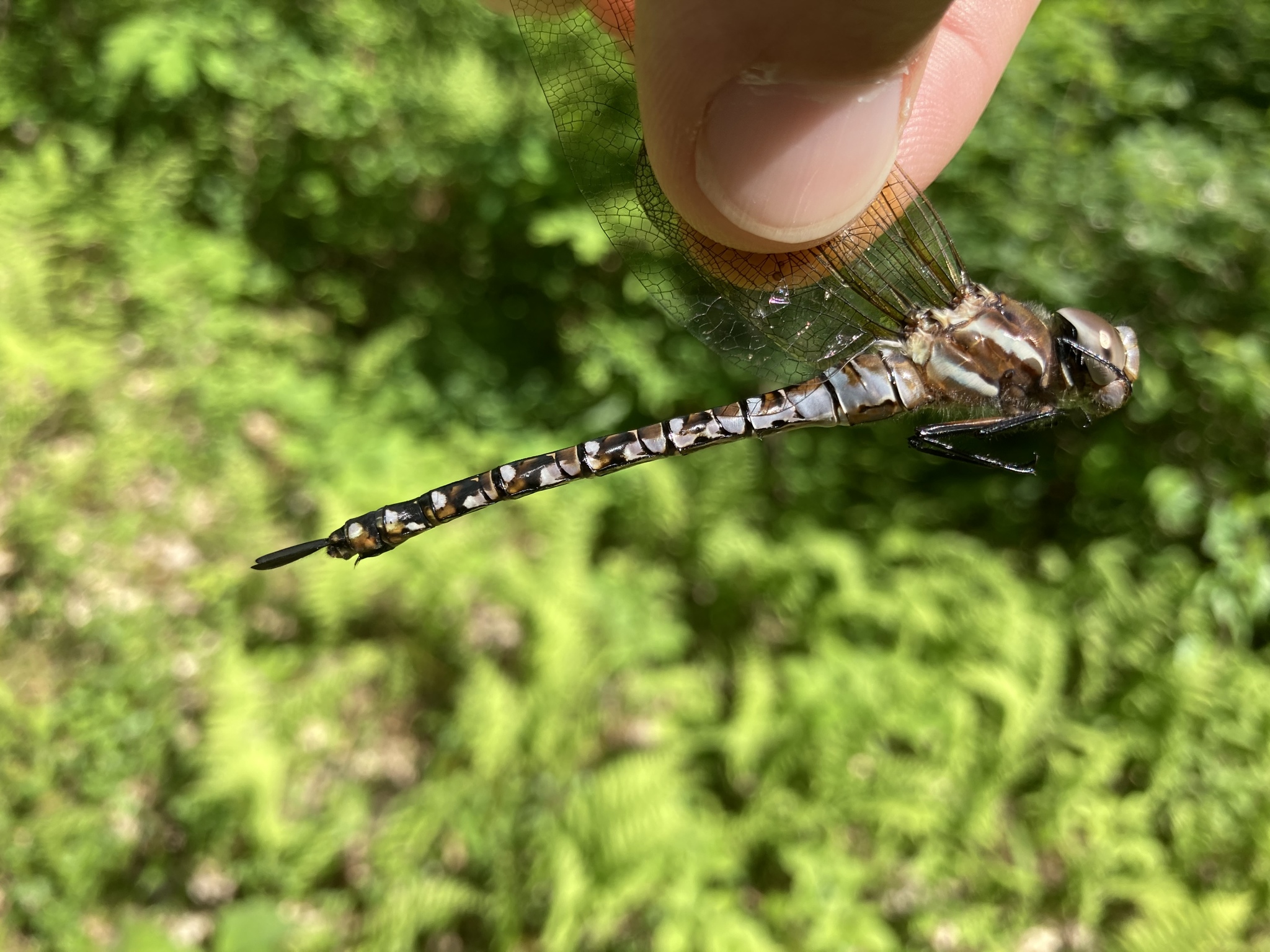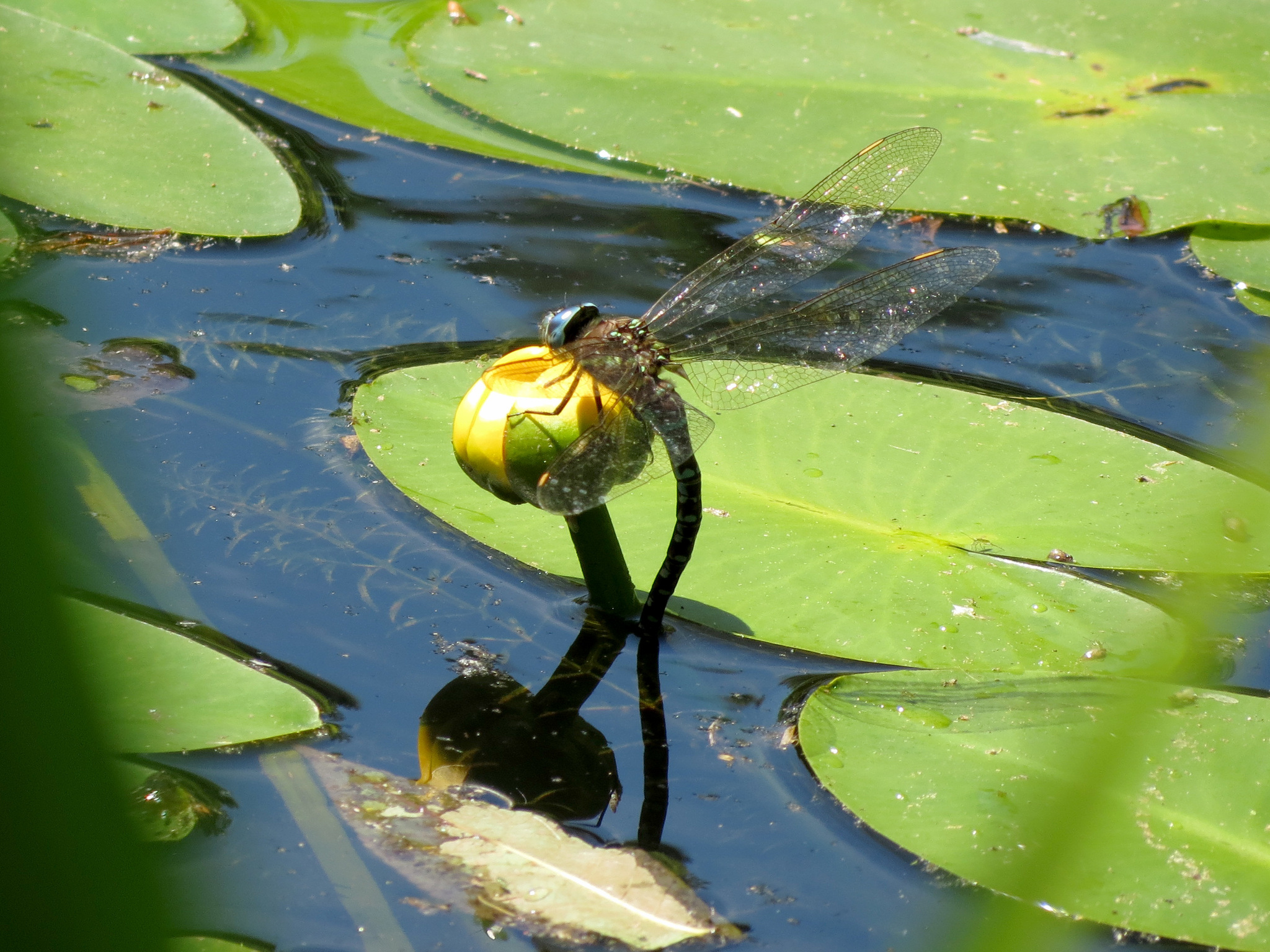Map Snapshot








49 Records
Status
Spatterdock Darner (Rhionaeschna mutata) is a beautiful, and frequently scarce northeastern and midwestern species found primarily at fishless ponds with water lilies (Nuphar sp.), especially spatterdock (Nuphar advena). Spatterdock Darner is active earlier in the year (about May-July) than similar species of darners. This dragonfly is highly state rare in Maryland (S1), and considered endangered in the state. While recorded from six counties, only five sites in three counties (three sites in Garrett, one in Washington, and one in Frederick Co.) are known to currently host breeding populations (Richard Orr's The Dragonflies and Damselflies of Maryland and the District of Columbia).
Seasonality Snapshot
Source: Wikipedia
| Rhionaeschna mutata | |
|---|---|

| |
| Scientific classification | |
| Domain: | Eukaryota |
| Kingdom: | Animalia |
| Phylum: | Arthropoda |
| Class: | Insecta |
| Order: | Odonata |
| Infraorder: | Anisoptera |
| Family: | Aeshnidae |
| Genus: | Rhionaeschna |
| Species: | R. mutata
|
| Binomial name | |
| Rhionaeschna mutata (Hagen, 1861)
| |
| Synonyms[2] | |
| |
Rhionaeschna mutata, the spatterdock darner, is a species of darner in the dragonfly family Aeshnidae. It is found in North America.[2][3][4][5]
Spatterdock darners prefer ponds as their reproductive habitat. Specifically small, heavily vegetated, semi-permanent/ephemeral ponds that are fish-free with wooded riparian edges and sphagnum moss. [6]
The IUCN conservation status of Rhionaeschna mutata is "LC", least concern, with no immediate threat to the species' survival. The population is stable. The IUCN status was reviewed in 2017.[4][7][8]
References
[edit]- ^ Paulson, D.R. (2017). "Rhionaeschna mutata". IUCN Red List of Threatened Species. 2017: e.T50967632A65836204. doi:10.2305/IUCN.UK.2017-3.RLTS.T50967632A65836204.en. Retrieved 13 November 2021.
- ^ a b "Rhionaeschna mutata Report". Integrated Taxonomic Information System. Retrieved 2019-09-24.
- ^ "Rhionaeschna mutata". GBIF. Retrieved 2019-09-24.
- ^ a b "Rhionaeschna mutata Red List status". IUCN Red List of Threatened Species. Retrieved 2019-09-24.
- ^ "Rhionaeschna mutata species Information". BugGuide.net. Retrieved 2019-09-24.
- ^ Schilling, Emily Gaenzle; Lawrenz, Ron; Kundel, Holly (July 2019). "An Assessment of the Geographic Distribution and Status of a Rare Dragonfly, Rhionaeschna mutata, at the Northwestern Edge of Its Range". Northeastern Naturalist. 26 (3): 523–536. doi:10.1656/045.026.0305. ISSN 1092-6194. S2CID 199640195.
- ^ "Odonata Central". Retrieved 2019-07-02.
- ^ "World Odonata List". Slater Museum of Natural History, University of Puget Sound. 2018. Retrieved 2019-07-02.
Further reading
[edit]- Kalkman, V. J. (2013). Studies on phylogeny and biogeography of damselflies (Odonata) with emphasis on the Argiolestidae (PhD). Leiden University. hdl:1887/22953.
